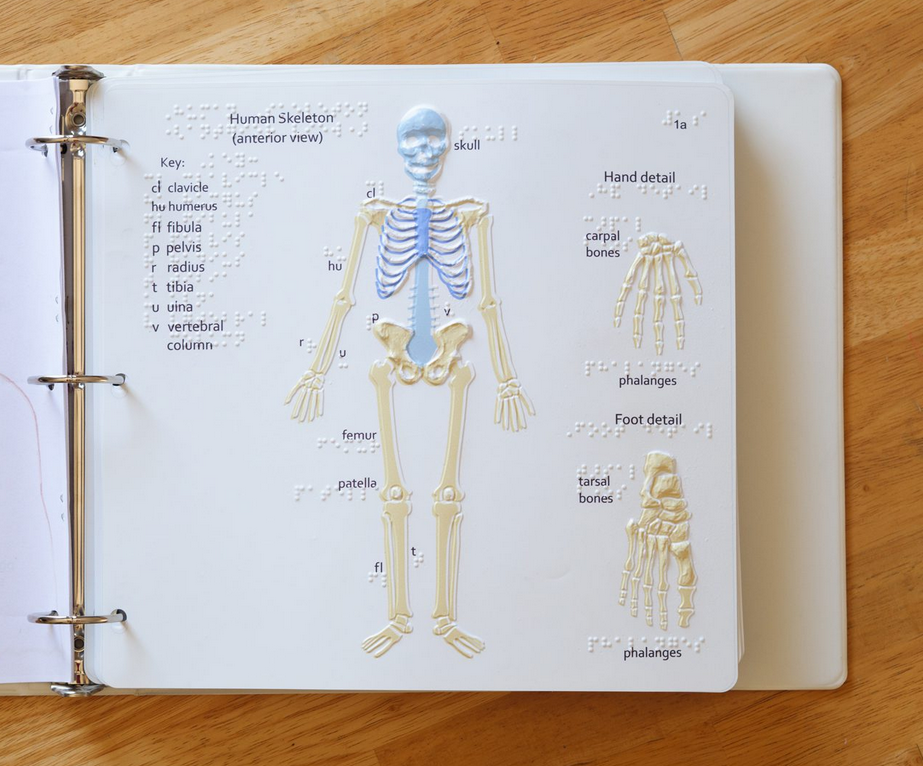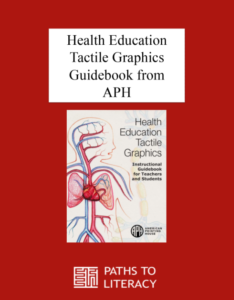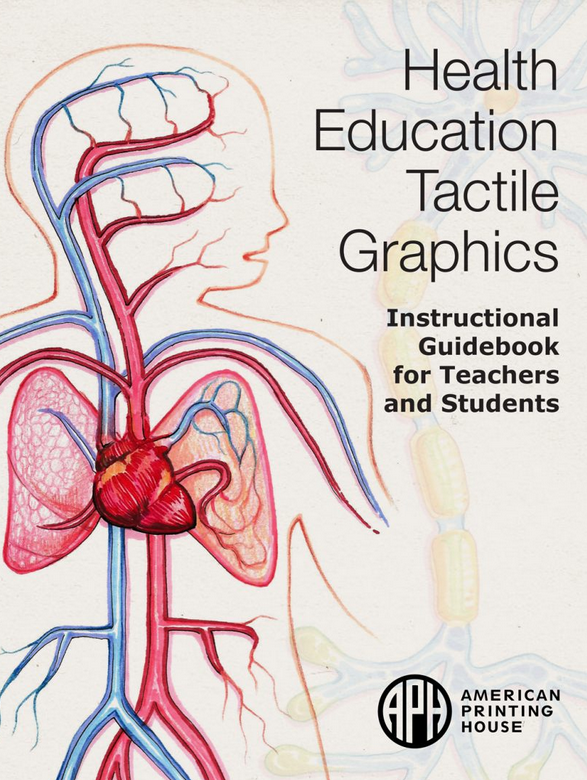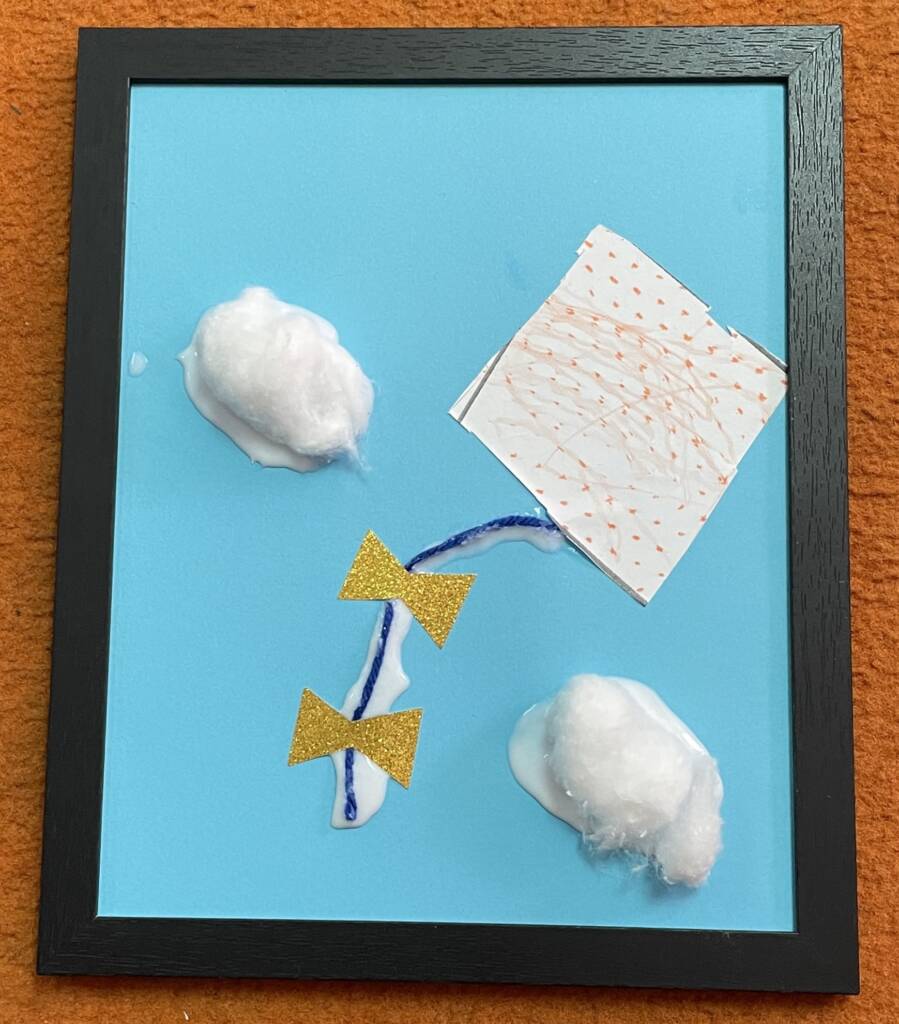Health education using tactile graphics can make conceptual materials more concrete. Since many of our students do not receive the benefit of visual input when learning, it is necessary to provide auditory and tactile input of the same learning materials that their peers receive. “They don’t need to know that” is not acceptable. If sighted peers have benchmark learning objectives, then students with visual impairments should receive the same advantages.
After highlighting benchmarks for learning health education, the APH (American Printing House for the Blind) can strengthen your health education curriculum by referring your students to new tactile graphics detailing the skeletal, muscular, and reproductive systems, and much more.

The tactile graphics presented in this product correspond to the anatomical and physiological systems presented in this guidebook.
Health Educations for Students With Visual Impairments: A Guidebook for Teachers





